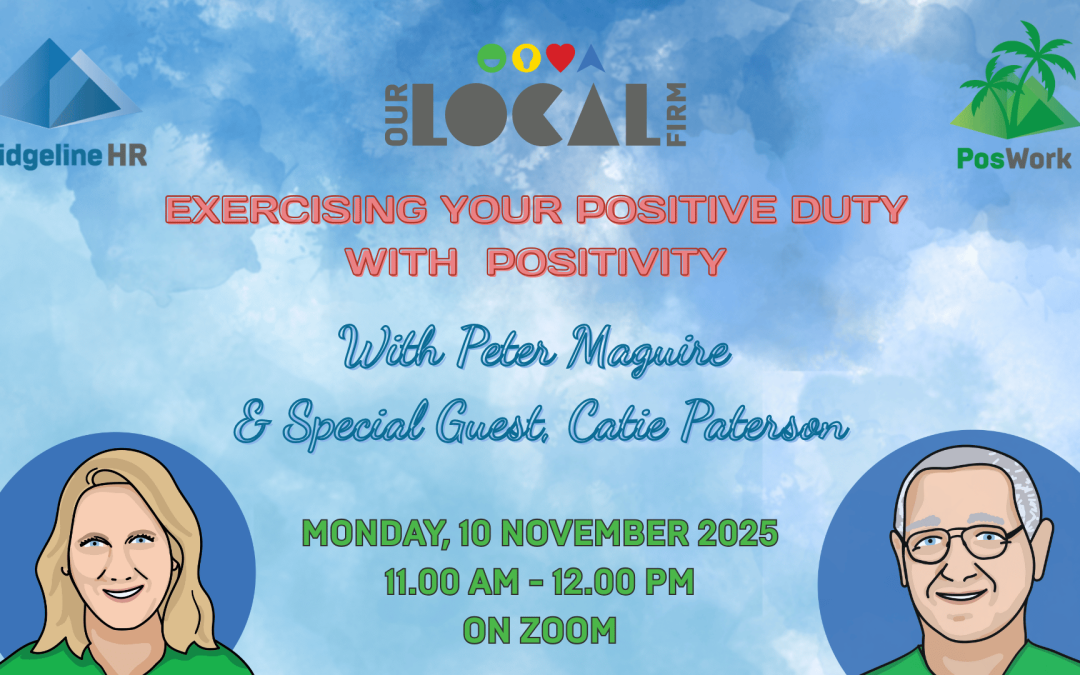Do you have a growth mindset and what difference does it make to your wellbeing and relationships if you do? Here we explore how the theory on growth and fixed mindsets, first introduced by psychologist Carol Dweck, plays out in a work setting.
A person’s mindset can significantly influence their performance, their relationships with colleagues, and their overall success. It can make a difference to how individuals approach challenges, development, and collaboration.
Understanding how growth and fixed mindsets manifest in work environments can lead to improved cultures, greater innovation, and enhanced personal satisfaction.
Growth Mindset at Work
A growth mindset is the belief that skills and intelligence can be developed through dedication, hard work, and continuous learning.
People with this mindset thrive in environments that encourage experimentation, feedback, and collaboration.
They tend to see challenges as opportunities for improvement rather than as threats and they tend to focus on what they can learn from an experience and what improvements can be made rather than allowing perceived obstacles or uncertainties get in the way of progress.
In practical terms, employees with a growth mindset:
1. Embrace challenges: They willingly take on tasks that push their limits, seeing them as opportunities to expand their capabilities. Whether it’s learning a new skill or taking on a demanding project, they approach the situation with a problem-solving attitude.
2. Persist through setbacks: Rather than seeing a mistake or failure as a reflection of their abilities, they view it as a temporary issue that can be solved with effort and adjustment. This resilience allows them to bounce back from difficulties with a focus on improvement.
3. Seek feedback: Individuals with a growth mindset actively seek feedback to learn how they can improve. They view constructive criticism as a valuable tool for self-improvement and are more likely to use it to refine their skills and performance.
4. Collaborate openly: They are willing to share knowledge and ask questions, believing that learning from others is an essential part of growth. They support the growth of their colleagues, creating a cooperative and forward-thinking work culture.
A growth mindset in the workplace leads to a higher level of innovation, as employees are more willing to take calculated risks and explore new solutions without the fear of failure. It also creates a positive environment where teams support each other and are not afraid to make mistakes in the pursuit of progress.
Fixed Mindset at Work
On the other hand, a fixed mindset is the belief that abilities, intelligence, and talents are static traits that cannot be significantly changed eg I am who I am and you’ll just have to accept me as I am.
People with a fixed mindset often avoid situations where they may fail or appear less competent, leading to stagnation in their professional development.
In the workplace, this mindset can manifest in several detrimental ways:
1. Fear of failure: Employees with a fixed mindset tend to shy away from challenging tasks or projects that might expose their weaknesses. They prefer sticking to what they already know, which limits their opportunities for growth.
2. Avoidance of feedback: They often resist feedback, perceiving it as personal criticism rather than constructive advice. This can lead to defensiveness or complacency, hindering their ability to learn from mistakes.
3. Blame culture: People with a fixed mindset may place blame on external factors or colleagues when things go wrong, as accepting responsibility would challenge their belief in their fixed abilities. This can also be an issue when issues arise in workplaces and workplace processes are targeted on finding fault and applying consequences rather than exercising curiosity to generate consensus solutions.
4. Undermining collaboration: Because they see skills as static, they may be reluctant to collaborate openly, fearing that others will outshine them or highlight their weaknesses. This can result in a competitive, rather than cooperative, work culture.
People with a fixed mindset are more likely to be threatened by change because they want things to stay as they are rather than venture into the uncertainty of something new. This is one of the reasons why change management always comes up as a significant area for improvement in employee satisfaction surveys.
Fostering a Growth Mindset Culture
To foster a growth mindset in the workplace, leaders need to emphasise the importance of learning, effort, and improvement over natural talent or immediate success. Encouraging employees to take risks, learn from failure, and seek ongoing development is key. This can be achieved by:
1. Praising effort and learning: Managers should focus on recognizing the process employees go through to achieve results rather than just the outcomes. This reinforces the idea that effort leads to improvement.
2. Providing constructive feedback: Rather than merely pointing out mistakes, feedback should offer clear guidance on how to improve and grow. This helps employees see challenges as areas for development.
3. Encouraging collaboration: A workplace that encourages the sharing of ideas and learning from others will naturally promote a growth mindset.
What can also be helpful is aiding employees to understand their inherent strengths by using character strengths instruments like VIA Character Strengths and giving them opportunities to use their signature strengths as well as supporting them when they need to leverage their lesser strengths.
Fostering a growth mindset mentality plays an important part in developing and maintaining a psychologically safe workplace culture because it encourages people to speak up and to work together to eliminate or control psychosocial hazards and to not be bystanders.
If you would like to explore the ways that we might be able to help you to make yours a great workplace, please call us on 0438 533 311 or email info@poswork.com.au.











